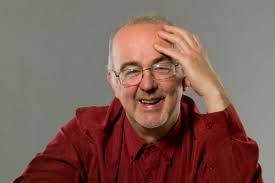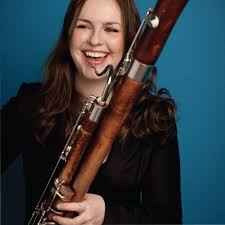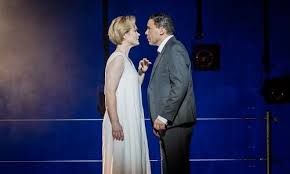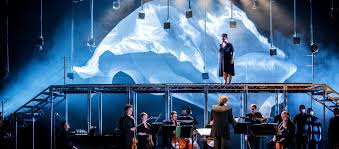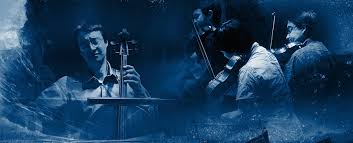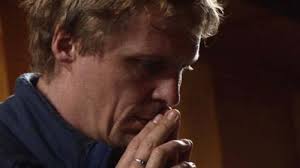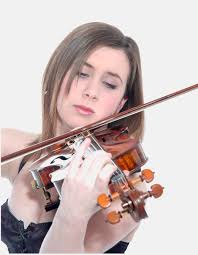The Dome, Brighton, Sunday 26 March 2017
Barry Wordsworth returned to conduct the final concert of the season and was enthusiastically welcomed home by the audience in the Dome. It has been an interesting season, with some unusual choices of works – none more so than this last concert.
It opened with Kodaly’s Dances of Galanta which draw heavily on Hungarian folk rhythms and dances. Written in 1933, the five movements flow into each other, becoming increasingly enthusiastic as they evolve, until the final, joyful outpouring – a good scene setter, which moved comfortably into Schumann’s piano concerto, with Martin Roscoe as soloist. Despite the flamboyance of much of the writing, Martin Roscoe is a very cool performer. There are no histrionics to his presence on the platform. All we get is exceptional music-making which allows the score to unfold and speak for itself. It was a masterly display of understatement which enabled Schumann’s many delights to emerge along the way.
Few in the audience will have heard Scriabin’s Second Symphony before. It is a real rarity. Though many will know his Poeme de l’extase I can’t recall a performance of the Second Symphony in recent years. It is a bit like Marmite. If you are happy to indulge yourself in his post-Tristan harmonies, with the constant shifting of melodic fragments within a sea of late romantic orchestration it works very well. The long slow movement is more complex. It seems to drift, rather as much of Delius can seem to do, though without the British composer’s overall sense of direction. Thankfully, the first and last movements are well structured and the whole reaches a fine climax with a march motif for the brass which rings with real panache.
The next season has been announced and there are a large number of highly popular works on offer, opening on 8th October with Tchaikovsky’s Piano Concerto No 1 – with Alexandra Dariescu as soloist – and Brahms Third Symphony. Details and tickets from www.brightonphil.org.uk

